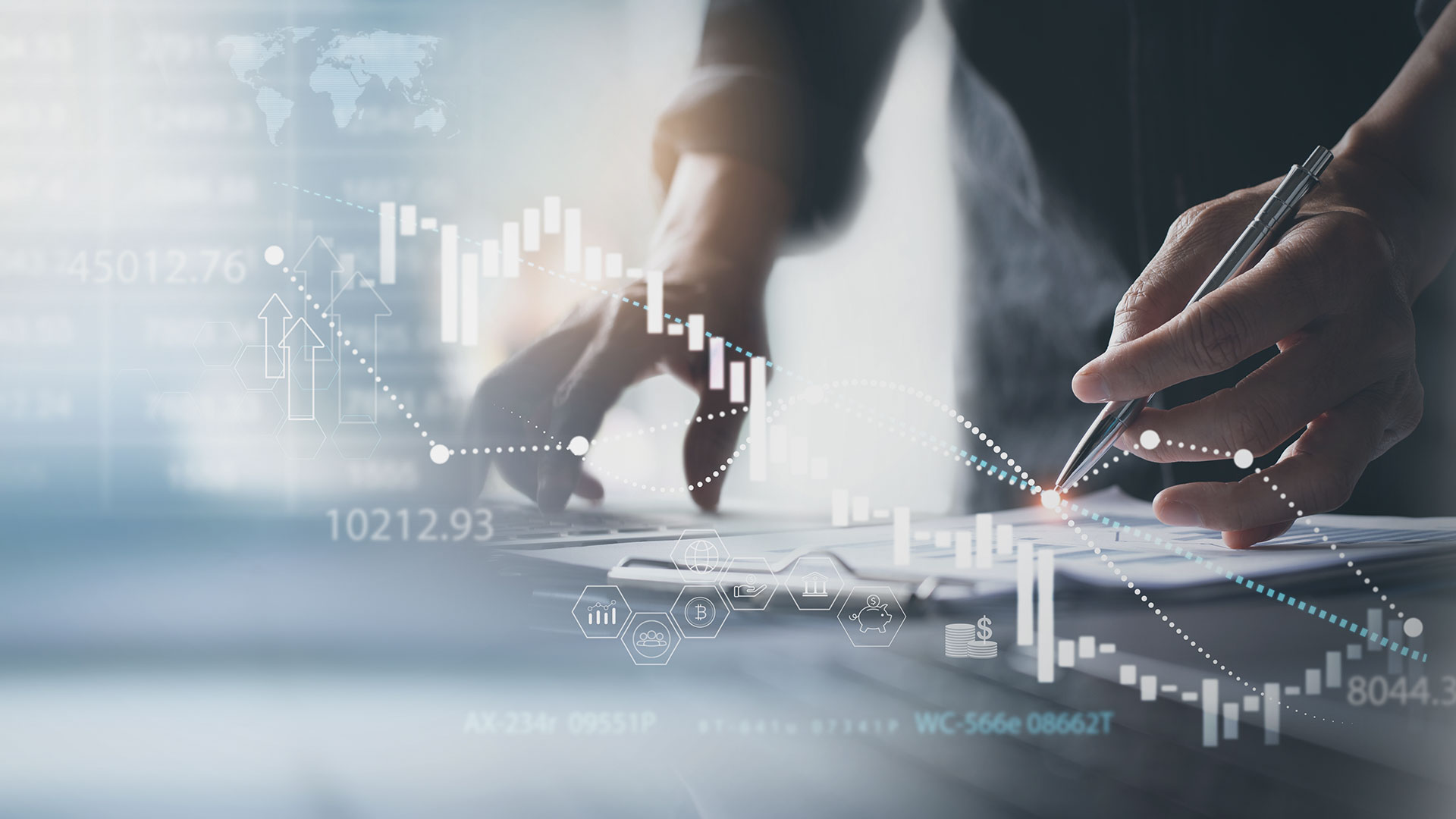Real property, under section 28 of the current Finnish Value Added Tax Act (VAT Act), is defined as an area of land, a building and a permanent construction, or some part thereof. In other words, under this provision, machinery, appliances and equipment, which are used for a particular activity pursued on the real property, are not considered to be part of the property.
Value Added Taxation of Real Property to Be Amended

Related services
However, the VAT Act will be amended from the start of 2017. The definition of real property will be replaced by a reference to the notion of ‘immovable property’ defined in Article 13 b of the Council Implementing Regulation No 282/2011 laying down implementing measures for Directive 2006/112/EC on the common system of value added tax. This notion will cover machinery and equipment located on real property to a certain extent. The purpose of the proposed amendment is to harmonise the provisions of the VAT Act with the VAT Directive and the Implementing Regulation.
At the moment, the amendment is undergoing committee reading.
New Notion of Real Property
According to the proposed new section 28 of VAT Act, real property refers to immovable property as defined in Article 13 b of Council Implementing Regulation No 282/2011.
The provisions governing the common system of VAT in the EU are included in Council Directive 2006/112/EC of 28 November 2006. The Directive is completed by Council Implementing Regulations, which ensure that the common system is applied in a harmonised way by the Member States. Implementing Regulations are binding and directly applicable in all Member States.
The notion of fixed property to be used in the VAT Directive is defined in Article 13 b of the Implementing Regulation. According to this definition, for the application of the VAT Directive, the following shall be regarded as immovable property:
a) any specific part of the earth, on or below its surface, over which title and possession can be created;
b) any building or construction fixed to or in the ground above or below sea level which cannot be easily dismantled or moved;
c) any item that has been installed and makes up an integral part of a building or construction without which the building or construction is incomplete, such as doors, windows, roofs, staircases and lifts;
d) any item, equipment or machine permanently installed in a building or construction which cannot be moved without destroying or altering the building or construction.
This means that, from the beginning of 2017, the items, equipment and machinery permanently installed in a building or construction that cannot be moved without destroying or altering that building will also be included in the notion of real property. According to the government proposal, the application of the definition depends on whether the removal of an item permanently installed in a building or construction would damage that building or construction. The items, equipment and machinery permanently installed do not have to be secured with fixtures, fittings or other fasteners. For example, the removal of a very large or heavy machine could as such destroy the building or parts of it. The Finnish Tax Administration is preparing detailed instructions on cases in which an item, a machine or a piece of equipment can be considered to form part of real property. Certainly, case law will also further develop this concept with time.
What Changes Will Follow from the New Definition of Real Property?
1) Tax Exemption of Transfers of Real Property
Under section 27 of the VAT Act, tax is not payable on the sale of real property. The amendment will have an impact on the scope of application of this exemption.
In the future, if equipment or machinery that is permanently installed on real property and used for a particular activity pursued on the property is sold together with a building or a permanent construction, tax will not be payable on the sale. This will be different from the present situation.
The amendment will not affect sales in which equipment or machinery permanently installed on real property is removed from the building and sold separately. Such sales of equipment and machinery will continue to be taxable under the general provisions of the VAT Act when the equipment and machinery have been acquired for activities for which VAT is deductible or when VAT has been deducted in the adjustment procedure for real property investments.
2) Adjustment Procedure for Real Property Investments
The amendment will also change the scope of application of the adjustment procedure for real property investments. Under the VAT Act, the deduction of VAT that is included in the purchase price of a real property investment shall be adjusted if there is a change in the purpose of use of the property or if the property is transferred to another party during a ten-year adjustment period.
In the future, this adjustment procedure will concern all equipment and machinery used for a particular activity pursued on the real property and which are permanently installed on the property in connection with a new build and which cannot be moved without destroying or altering the building or construction. Similarly, the fundamental modernisation of such equipment and machinery, as well as the purchase of new equipment and machinery for use in a particular activity and their permanent installation in existing real property, will be considered as real property investments. The adjustment procedure applies to real property investments made in 2016 or later.
The new definition of real property will not lead to adjustment in cases where equipment or machinery permanently installed on real property is removed from the building and sold separately.
3) Place of Taxation for Services Connected with Immovable Property
Pursuant to section 67(1) of the VAT Act, services connected with real property have been sold in Finland if the real property is located here. Services connected with real property include, for example, expert services, housing agent services, accommodation services, granting of rights of use to immovable property as well as construction services.
At the moment, if the purchaser of services concerning equipment and machinery used for a particular activity pursued on the property is an entrepreneur, the place of taxation for the services is the place in which the purchaser is situated, as set out in the general provision. As regards other purchasers, the place of taxation is the place in which the service is supplied.
In the future, services connected with equipment and machinery permanently installed on a building or construction and used for a particular activity pursued on the real property will be taxed in the location of the property. In other words, the services will be taxed in Finland if the equipment or machinery is located here.
Which Aspects Will Remain as Before?
1) Tax Exemption for Transfers of Rights of Use
Under section 27 of the VAT Act, tax is not payable on the transfer of land lease rights, tenancy rights, easements or comparable rights in respect of real property.
The VAT Directive contains a specific provision under which the exemption for the leasing or letting of immovable property will not apply to the letting of permanently installed equipment and machinery. Due to the changed definition of real property in the proposed VAT Act, the VAT Act will include a similar new provision under which the letting of permanently installed equipment and machinery in connection with the leasing of a building or a construction will continue to be taxable, as it is now.
This means that the scope of the tax exemption granted for transfers of rights to use real property will remain unchanged despite the change in how real property is defined.
2) Old Real Property Investments
The deduction of VAT that is included in the purchase price of a real property investment will not be adjusted for machinery, appliances and equipment used for a particular activity pursued on the property if they have been acquired before 2016.
3) Reverse Charge in the Construction Sector
Section 8 c of the VAT Act provides for reverse charge in the construction sector. In the reverse charge model, it is not the seller but the purchaser that is liable to pay the tax. The model applies to the sale of construction services and the leasing of workforce for these services if the purchaser is an entrepreneur that supplies such services or performs transfers of real property comparable to such services and does this on a non-incidental basis.
Under the VAT Directive, Member States can restrict the scope of application of the reverse charge in the construction sector. According to the reasoning of the government proposal, the reverse charge is intended to only concern companies operating in the construction sector, and extending its scope of application would increase the administrative costs of companies to be included and would create legal uncertainty. Therefore, the VAT Act will include a specific provision under which the scope of application of the reverse charge will not be broadened to also cover services connected with equipment and machinery used for a particular activity pursued on the real property, regardless of the changed definition of real property.
4) Taxation of Services Connected with Real Property for Taxpayer’s Own Use
Under the VAT Directive, the taxation of services related to the holding of real property for the taxpayer’s own use is optional for Member States, and they are free to determine the scope of taxation. Consequently, despite the change in the definition of real property, the scope of taxation will not be extended to services connected with equipment and machinery used for a particular activity pursued on the property where the property is held for the taxpayer’s own use, and the tax treatment of those type of services will remain as it has been.



